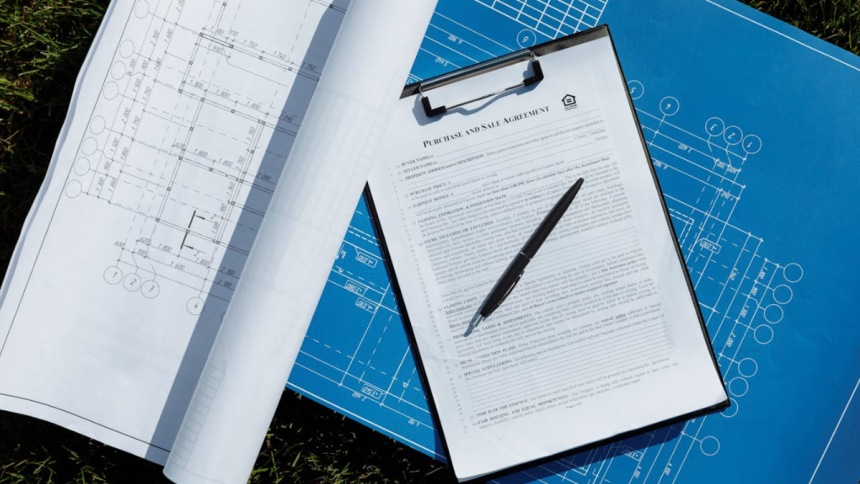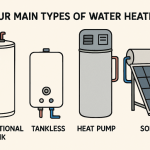Expanding into international markets comes with exciting opportunities — but also serious communication risks. For global companies, the ability to handle legal and technical documents in multiple languages is not just a regulatory requirement — it’s a strategic necessity.
A single mistranslation in a clause, product manual, or patent filing can lead to disputes, financial penalties, or failed partnerships. In this article, we explore the smart way to manage this challenge: through careful planning, localization, and professional translation support.
Why These Documents Deserve Special Attention
Legal and technical documents stand apart from general marketing or website content. These texts often carry legal weight, govern risk, or explain how critical systems function. That’s why they must be clear, accurate, and locally compliant.
A seemingly small translation error in a contract — like the incorrect rendering of “best efforts” versus “reasonable efforts” — can result in vastly different legal obligations. In bilingual contracts, which are common in jurisdictions like Québec, both language versions must be equally enforceable. If one version is inaccurate, it may introduce ambiguity or even invalidate the agreement.
When it comes to technical content — such as operating manuals, maintenance instructions, or safety protocols — accuracy becomes a matter of liability. An unclear diagram label or mistranslated step could lead to user injury, product malfunction, or legal exposure.
Common Pitfalls in Handling Global Documentation
Businesses that treat translation as an afterthought often encounter delays, rework, or even compliance violations.
Last-Minute Translation Under Pressure
Many companies finalize their documentation in English, then scramble to have it translated days before a deadline. This rush can result in:
- Layout issues due to text expansion
- Inconsistent terminology
- Low-quality output from underqualified vendors
Planning ahead avoids these issues and leaves time for proper quality assurance.
Relying on Non-Specialists
Some businesses turn to bilingual staff or generalist freelancers to translate specialized material. While well-intentioned, these individuals often lack the legal or technical expertise needed. Terms may be misunderstood or misapplied — especially when translating between legal systems or industry-specific frameworks.
How to Handle Legal and Technical Translation the Smart Way
Instead of rushing or cutting corners, smart companies integrate translation into their global documentation process from the beginning.
It helps to write your source text clearly and consistently. Avoid idioms, use standard industry terms, and ensure formatting is adaptable to multiple languages. Tools like InDesign, Word, or XML offer better support for multilingual workflows than PDFs or static graphics.
Having a well-organized, editable source document makes the translation process faster, cheaper, and more accurate.
Localization adapts content not only to the target language but to the legal, cultural, and regulatory context of the destination market. For example:
- Legal terms must be adapted to the legal system (civil vs. common law)
- Date formats, units of measure, and currencies must be adjusted
- The tone and formality level should align with cultural expectations
This step is crucial in sectors like pharmaceuticals, construction, and technology — where regulations vary widely from country to country.
Why Partner With a Professional Translation Agency
While internal teams may be able to handle basic translation needs, high-stakes documentation requires a different level of expertise.
A professional translation agency provides:
- Native-language translators with legal or technical backgrounds
- Certified translations when required by courts or regulators
- Terminology management tools for consistency across projects
- Multilingual formatting (DTP) to preserve structure and layout
- Project managers to oversee workflows and deadlines
Agencies like canada-translation.ca specialize in this kind of work, offering end-to-end support for businesses operating across borders. Their teams are equipped to handle complex documentation in fields like law, engineering, medicine, and manufacturing — ensuring your message is precise and compliant in every language.
Real-World Success Stories
Let’s look at two examples that highlight the impact of professional translation done right.
Manufacturer Secures Approval in the European Union
A Canadian company manufacturing industrial valves planned to enter the German and French markets. Their original product manuals were in English only. EU safety regulations required full documentation in the official language of each country.
After an initial rejection due to formatting and terminology issues, the company turned to a certified translation agency. The revised manuals — translated, localized, and professionally laid out — passed inspection and cleared customs without further delay.
Legal Translation Wins an International Tender
An Ontario-based SaaS provider submitted a bid for a South American government contract. Their legal documentation, translated in-house, was inconsistent and contained ambiguous clauses in Spanish. The bid was ultimately disqualified.
For future tenders, the company partnered with a professional legal translation team. Their next bid — fully compliant, consistent, and reviewed by experts — was accepted, and the contract awarded.
In global business, the way you handle your documentation reflects how seriously you take your operations. Legal and technical texts are not the place for approximations or shortcuts. They demand rigour, clarity, and an understanding of the legal and industrial contexts in which they’ll be used.
The smart approach? Plan for translation early. Prioritize localization. And rely on specialists who understand your industry and target market. With the right strategy and the right partner, your documentation becomes a business asset — not a liability.
Lynn Martelli is an editor at Readability. She received her MFA in Creative Writing from Antioch University and has worked as an editor for over 10 years. Lynn has edited a wide variety of books, including fiction, non-fiction, memoirs, and more. In her free time, Lynn enjoys reading, writing, and spending time with her family and friends.















